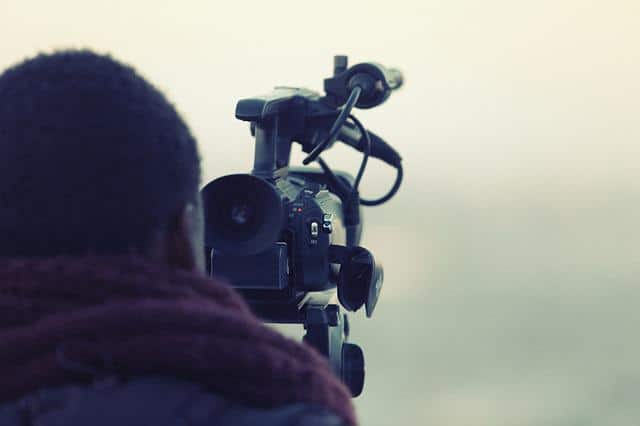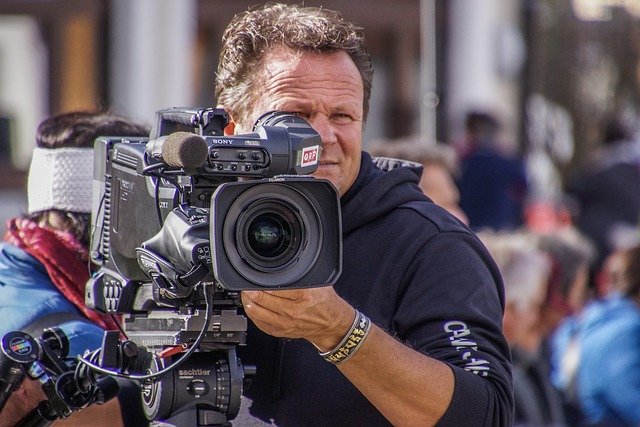
A general shot shows a large environment.
In the field of television and cinematography , the notion of shot is used to refer to the fragment of a film that is shot in a single take . According to the characteristics, it is possible to differentiate between different types of plans.
The general plan is one that presents a large environment or landscape . This scenario is positioned as the most important motive of the plot.
General plan characteristics
In a general shot (and even more so in a large general shot ), the individual is lost in the immensity or among the crowd , or does not even appear. It usually aims to highlight the insignificance of the subject or seeks to highlight his loneliness . This is possible thanks to the emphasis placed on the context over the figures.
Beyond the eventual drama it can convey, the long shot usually has a descriptive purpose. It also makes it possible to display landscapes, highlighting their aesthetic component.
With a general shot, in short, the person goes unnoticed. That is why this shot is not appropriate if you intend to make a portrait or show someone's physiognomy in detail, for example.

General plans usually aim to describe a space or a situation.
An example
Suppose that, in the first scene of a film , a filmmaker wants to show where the protagonist of the story is: in an isolated and difficult to access place .
To achieve this effect, he takes a large general shot where you can see several mountain peaks and, paying attention, it is possible to detect a small construction on a summit. In the next scene, the director already introduces the protagonist inside the shelter: the audience, from the previous general shot, understands that his location is remote.
Differences between the general plan and the great general plan
It is important to differentiate between two concepts that are often confused given that their names are practically the same: the large general shot is the one in which the scenario in which the action will take place is shown, something that is described in the previous paragraph, since that the character(s) may be completely absent or go unnoticed in pursuit of the terrain; In the general shot, however, the characters usually occupy approximately a third of the image, so it is not common to leave them out.
Between these two concepts, certain more subtle differences can be distinguished than the mere percentage of space that the figure of the subject occupies on the screen. For example, one of the most important objectives of the large long shot is the description of the environment, the accentuation of the smallness of the subject in front of it and, therefore, the relevance of its context. On the general level, however, although the character is not in the center, the aim is to describe him taking into account his surroundings as a source of information to understand his personality or the reasons for the conflict in which he is trapped.
This shows us that the shot is much more than the result of focusing the camera in a certain way. On the contrary, we must take several points into account before deciding what type of shot suits us in each scene, but never leaving aside a very important factor: the type of audience. Culture plays an essential role when creating a work such as a film, because certain elements are only understood in one context and may be absurd or offensive in another. If we look at the types of shots most used in films from Argentina, the United States, France and Japan, for example, we will notice that they are not the same but that there are well-marked trends.
The long shot is among the "universal" ones, in that it is common and easy to understand in series and films from all over the world, precisely because the placement of the characters in a context is the basis of the creation of stories .
